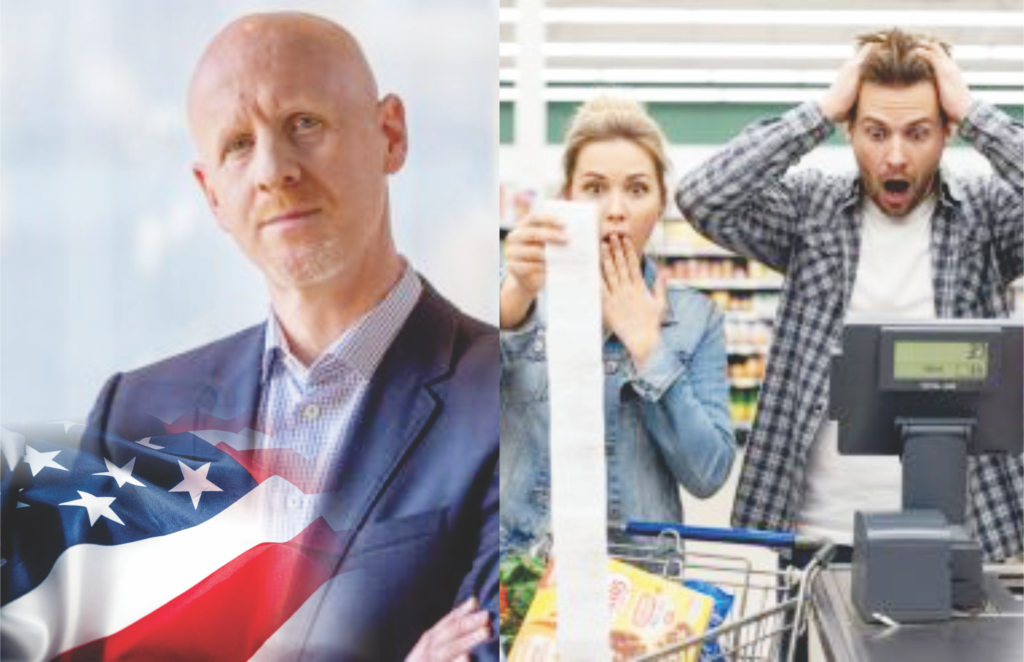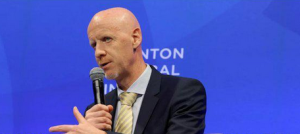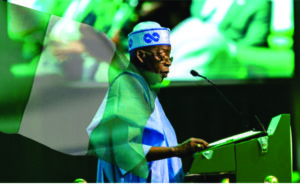More GoFundMe Customers Seek Crowdfunding just to Purchase Groceries because of America’s Economic Downturn

Tim Cadogan didn’t mean to sound alarmist. GoFundMe CEO recently told Yahoo! Finance that more Americans are now crowdfunding to buy groceries, landing his words like a discreet indictment of the American economy.
GoFundMe has been the digital-support town square for medical emergencies, disaster relief and heartwarming community causes. Now, it’s increasingly a place where families turn for something far more basic, dinner.
“Basic things you need to get through life have gone up significantly in the last three years,” Cadogan said in a recent interview on Opening Bid Unfiltered with Brian Sozzi. “We’ve seen a rise in campaigns for essentials like groceries.”
![]()
It’s a stark snapshot of a nation in transition from crisis-giving to survival-giving. Even as official inflation rates cool, the cost of living remains punishingly high. Rents have reset upward, grocery prices have barely budged from their pandemic peaks, and the price of child care continues to squeeze middle- and lower-income households.
Many of the coping mechanisms that once worked, switching brands, buying less, deferring repairs, etc., are running out of road. In regards to a growing share of Americans, crowdfunding has become the safety valve when paychecks and credit cards can’t stretch far enough.
The implications are both economic and outrightly anthropological. Fortune has chronicled how wage gains failed to keep up with cumulative inflation, leaving millions with thinner financial cushions. Younger and lower-income households, often burdened with variable-rate debt, are among those hit hardest.
GoFundMe’s data reveal more than just desperation; they expose a shifting social fabric where online networks are filling the gaps left by stagnant wages, limited benefits, and frayed public safety nets. What once felt like acts of charity now double as collective survival strategies.
Cadogan also sees an opening in this moment. As baby boomers prepare to pass tens of trillions of dollars to their heirs, the United States faces an unprecedented wealth transfer and potentially, a generosity transfer. The younger generations, he believes, could redefine giving as faster, smaller, more digital, more personal, etc.

The challenge, however, is scale. Despite record asset values, charitable giving has hovered stubbornly around 2% of GDP. Translating wealth into widespread impact will require easier giving platforms, transparent causes, and systems that make generosity as frictionless as a payment app.
Currently, GoFundMe’s grocery campaigns are both symptom and signal. They tell the story of a country where financial strain meets digital community; and where social capital increasingly substitutes for financial capital.
In Cadogan’s view, the question isn’t the objective giftings of Americans, but the passion for why they must. As the wealth transfer unfolds, the moral test may be whether the nation can transform empathy into infrastructure, so that feeding a family doesn’t depend on passing the virtual hat.








